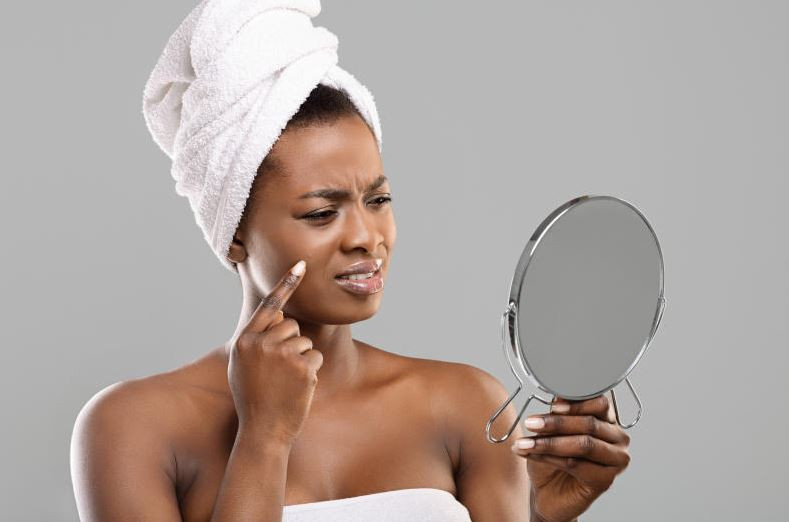
Kenya has faced a fateful two weeks since the anti-Finance Bill protests.
Yet, one thing was familiar in all the protests; the use of water cannons by police to control demonstrators.
Concerns have been raised on social media platforms, on how these could affect the protesters' health.
Historically, water cannons were first used in the 1930s to control crowds in Germany and during civil rights protests in the United States in the 1960s.
In the recent countrywide protests, police used tear gas, water cannons, and bullets to drive away protesters and limit their access to certain areas.
Water cannons are typically mounted on large mobile trucks equipped with high-pressure hoses.
Research shows that an operator controls the hoses to propel streams of high-pressure water aimed at pushing back crowds or low-pressure streams intended to douse them.
Modern water cannons can propel water at rates up to 20 liters per second and can stream water up to 67 meters away. The exact content of the water used in these cannons is not publicly disclosed.
- Rude welcome for baby in hospital attacked by goons
- UHC workers threaten strike, demand permanent terms and gratuity
Keep Reading
However, various agents are often mixed into the water to create additional impacts. These agents can include colored dyes, malodorous chemicals, and invisible UV markers.
Health Impact
The use of water cannons can cause significant health impacts.
The high-pressure streams can cause hypothermia and direct trauma, while secondary injuries can result from being knocked down or colliding with objects. Injuries from chemicals and dyes dissolved in the water are also possible.

According to the Israel Association of Public Health Physicians, "water cannons can cause hypothermia, direct trauma from the pressurized water, secondary injury from a victim being knocked down or colliding with objects, or injuries from chemicals and dyes dissolved in the water."
"There is a high risk of injury from a direct hit to the face by a water cannon. These include serious and irreversible injuries to the eye and eye socket, including blindness," the physicians quoted in The Times of Israel.
But a medical practitioner, healthwise on the popular video app TikTok is of a different school of thought. He says: "The water can be any color...They use dye to color the water, and it is meant to stain your clothes but not necessarily affect your health."
The Malindi High Court has now barres police from using water cannons, teargas, live and rubber bullets, or other crude weapons to disperse protesters.
But, this remains to be seen as human rights organisations continue to lament and document the increased cases of police brutality.
 The Standard Group Plc is a multi-media organization with investments in media
platforms spanning newspaper print
operations, television, radio broadcasting, digital and online services. The
Standard Group is recognized as a
leading multi-media house in Kenya with a key influence in matters of national
and international interest.
The Standard Group Plc is a multi-media organization with investments in media
platforms spanning newspaper print
operations, television, radio broadcasting, digital and online services. The
Standard Group is recognized as a
leading multi-media house in Kenya with a key influence in matters of national
and international interest.











